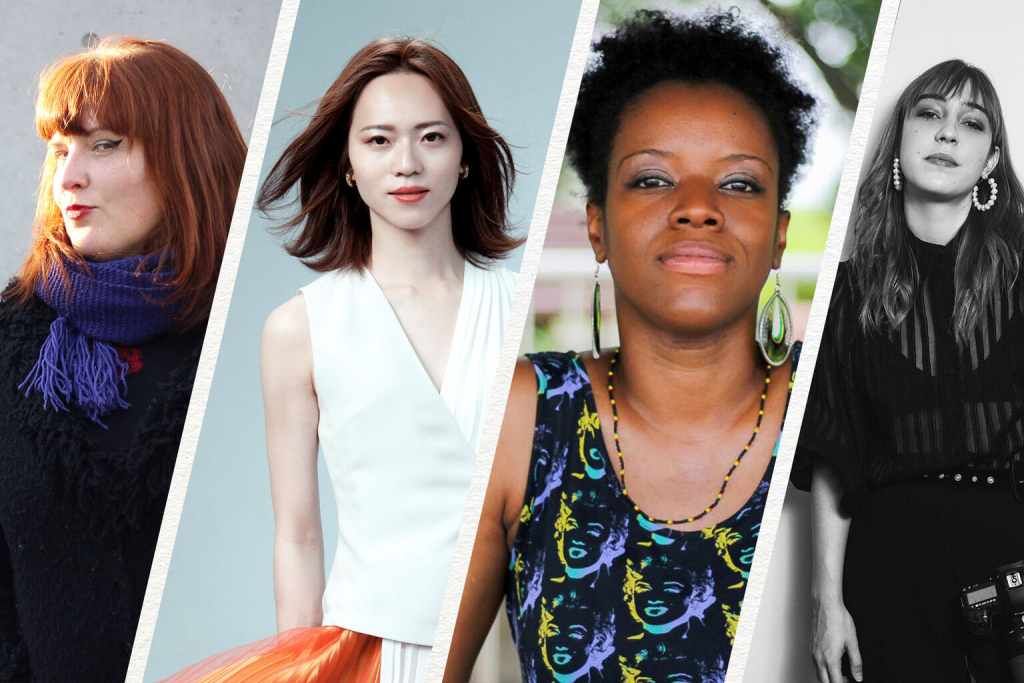The humans of Tokyo make this metropolis pulse with energy. In Voice of Tokyo 4, from our March-April 2022 issue, we check in with four of the many Tokyo voices that make the cacophony a symphony.
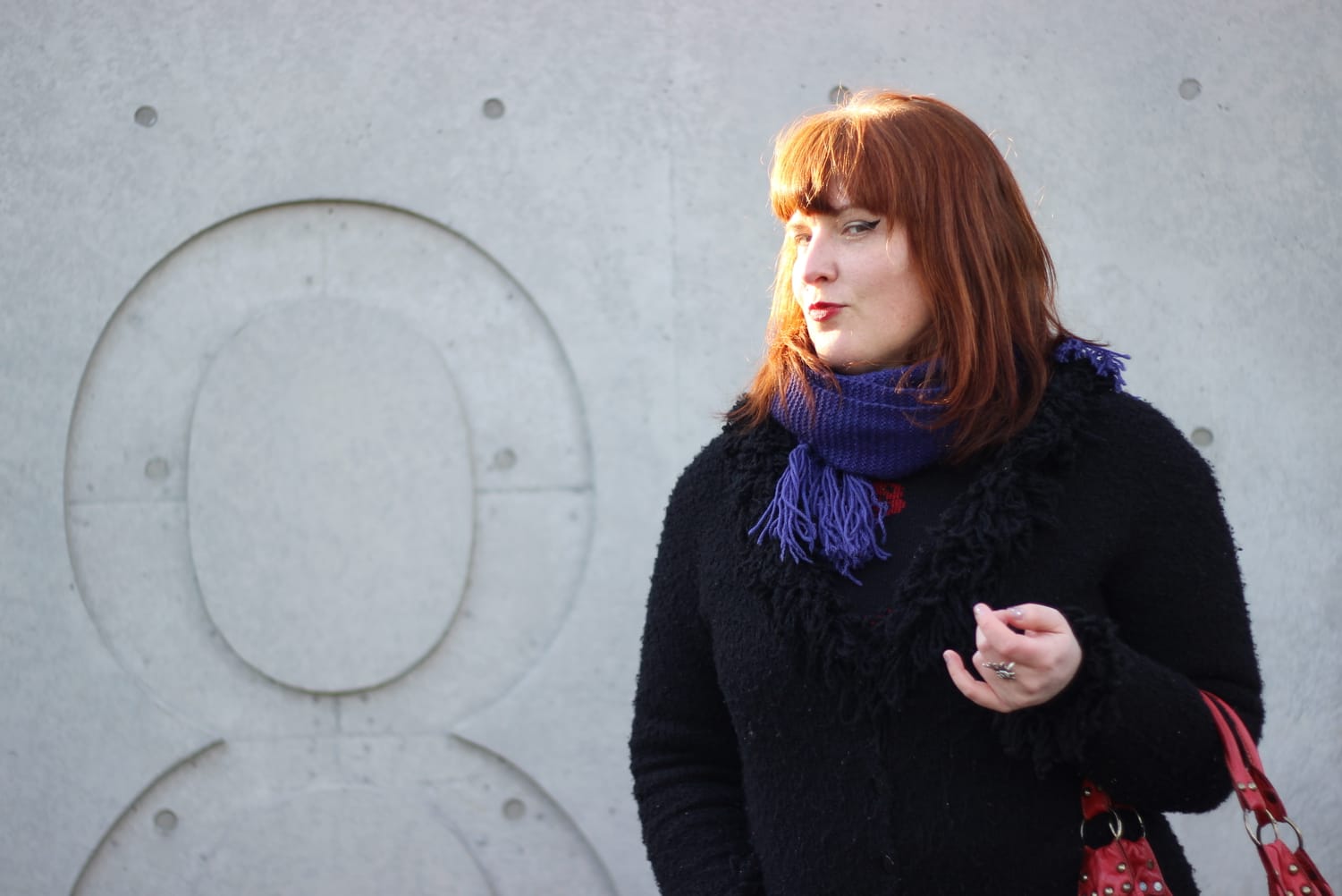
Sorcha Chisholm aka Sorcharess, Singer-songwriter and Podcaster
The Australian songstress has been calling Tokyo home since 2004. She sings and plays various instruments, creating dreamy music with honest lyrics. Her latest album is called Year of The Snake. She also creates a podcast every full moon called “The Witch Way Spellcast.” On it, she interviews creatives and shares her distinctive “astro forecast” and tarot card insights and plays original songs.
What’s your latest obsession?
Astrology which I like to call “Astro-Psychology” since there’s a lot of skepticism about it. I’m a Western mythology buff and interpreting what’s going on “upstairs” helps me find meaning and context when everything seems so batshit crazy down here.
The music performances and events you’ve hosted are part of the very fabric of Tokyo nightlife. But, what’s the quietest hour in the metropolis?
How poetic. I love the sunsets in Tokyo. I walk in the park, listen to the crows, watch the shadows lengthen and hear the bells go at 5pm. It signals the end of another day and heralds the beginning of night.
You ask all your podcast guests what magic means to them. I want to ask you: Why is Tokyo magical?
Tokyo is magical because it keeps you curious. Just when you think you’ve seen it all, some little hole in the wall takes you on a wonderland adventure, and you realize you haven’t even scratched the surface of this incredible city. It is a great, heaving organism of a town.
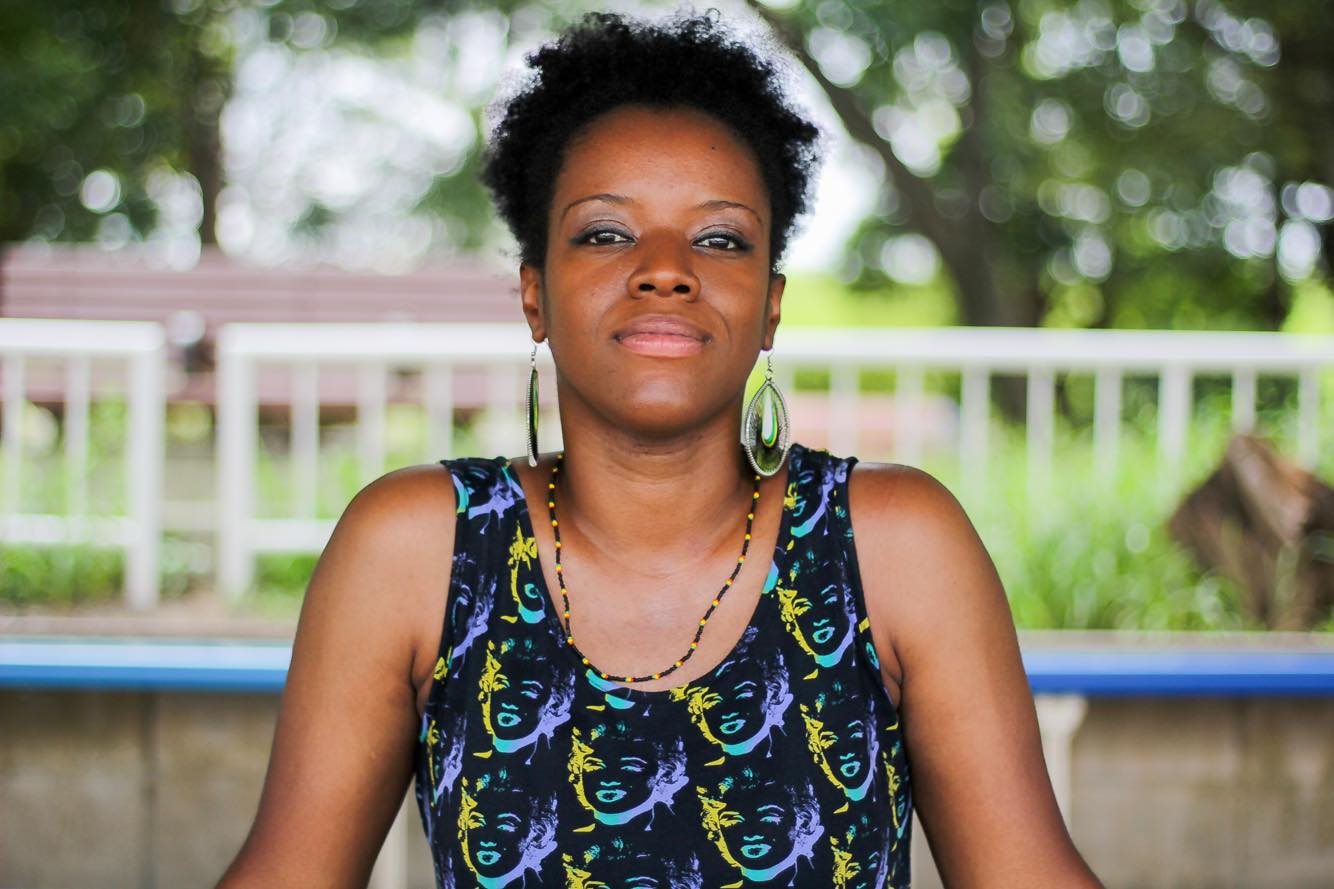
Photo by Alex Cooper Webster
Biankah Bailey, Writer and Educator
Bailey hails from Kingston, Jamaica and resides in Saitama with her husband and their cat. She’s part of the Tokyo international literary scene, currently making waves with the anthology of the Black diaspora Umoja, which she co-edited with poet Marcellus Nealy.
What’s your current obsession?
The sci-fi series The Expanse. I have always been a fan of science fiction movies and series like Star Trek and Star Wars. The Expanse is the best original sci-fi series to come out in the last decade, in my opinion.
You’re writing a sci-fi series yourself, called Invasion, among other writing projects. What’s the most futuristic thing you have ever seen or experienced in Tokyo?
The most futuristic thing about Tokyo is the metropolis’ increasingly diverse population. People from everywhere living, working and dreaming together in one place? Can’t get more futuristic than that.
Why and how is Tokyo home?
It’s home because it’s where I am. I have built a life here and made many great friendships, almost like family. Also, where else am I going to get my regular fix of sparkling Aquarius?
One recommendation for Tokyoites to see or do?
Hop on the Joban Line to Ushiku, Ibaraki to see one of the top five tallest statues in the world, the Ushiku Daibutsu.
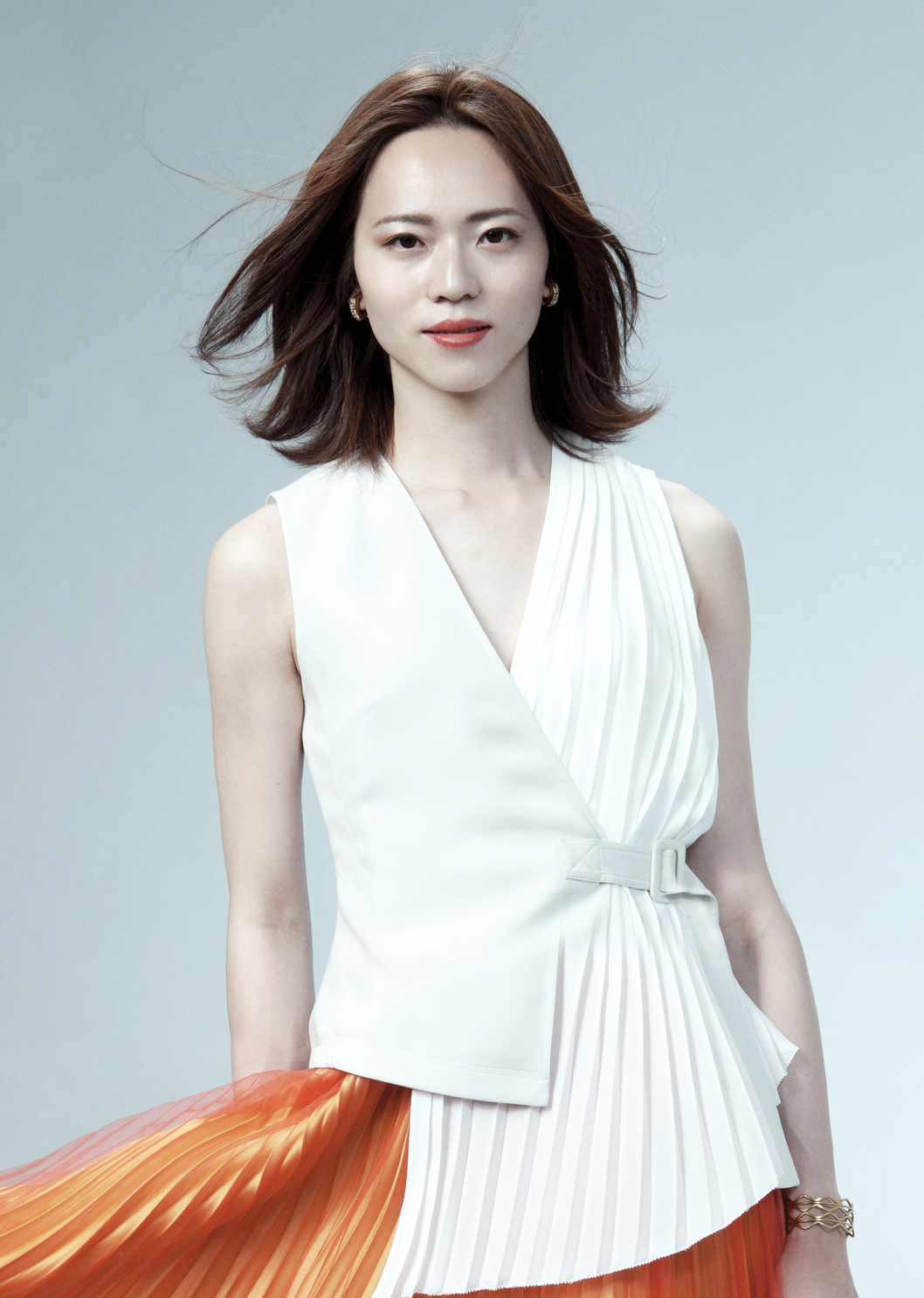
Kaede Sari, Urban Consultant at Nikken Sekkei
Born in Kyoto, Sari has experience in design work both in Japan and internationally, ultimately becoming an independent branding consultant. She currently speaks on diversity and GSM (Gender and Sexual Minorities) at events, while she makes architectural and business proposals. Her documentary You Decide premiered on Netflix in February, 2022.
What’s your current obsession?
I am interested in making the city genderless. Yes, there is a certain need to distinguish a part of the urban space between men and women. However, if we rethink the city, there are some distinctions that may become unnecessary due to gender equality. One of the ways is a private genderless toilet, popularized in a way that does not confuse ordinary users.
As part of your career, you are often tasked with envisioning design in the near future. What do you want to see in a future version of Tokyo?
When I come back to Japan from overseas, there are some things that I feel are futuristic in Tokyo. In the future, I want to see a “pedestrian paradise.”
What’s your favorite Tokyo building and why?
A single building is impressive as an architect’s work, but it’s experienced together with the surroundings. Therefore, I evaluate buildings in units of towns. One of my favorites is Golden Gai, Shinjuku. Generally, architecture is designed and built by someone. There is a master plan. Golden Gai re-questions that concept, as it was gradually developed from the black market after the war. I also love Ginza and Miyashita Park.
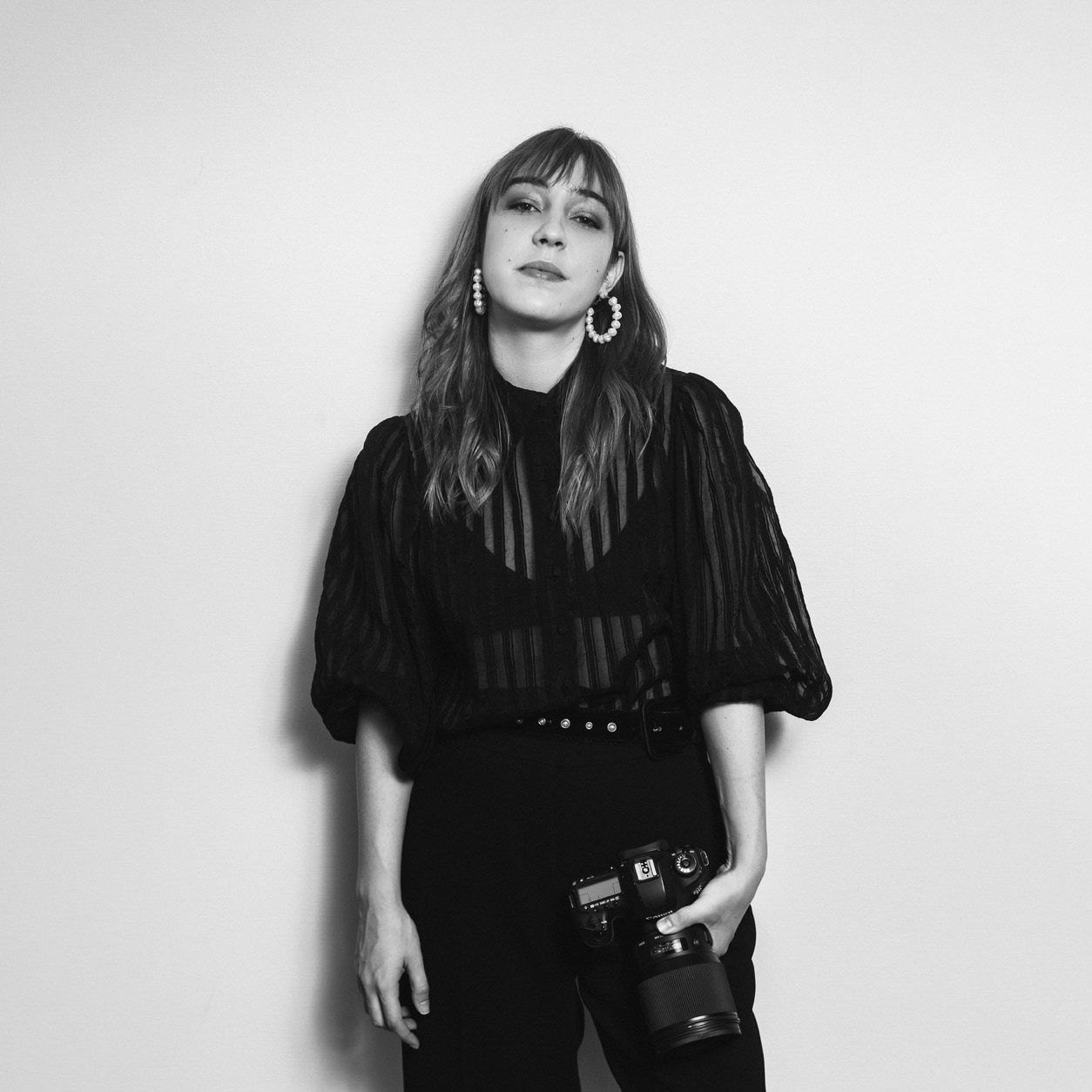
Ivana Micic, Fashion Photographer
A Japanese-language major turned photography wonder, Micic first came to Tokyo from Belgrade to study at Tokyo University of Foreign Studies. She also co-founded Vil Tokyo, a photo and video production company. Her fashion photography is influenced by her Eastern European heritage and captures the dynamic expression of strong women.
What’s your current obsession?
I have been digging deep into French aesthetics. Also, minimalist high-end brands’ visuals, medium format photography and harsh speedlight photography. I’ve also gotten into audio recording of all things. And in the pandemic, I picked up cooking Japanese food and I make mean tamagoyaki now.
What’s the most surprisingly beautiful spot in Tokyo?
So many. In the past, it used to be the outer area of Miyashita Skate Park and the staircase that led to it from Nonbei Yokocho. Another favorite is the pedestrian bridge in front of Ueno Station or the left side of Ueno National Museum.
These spots look completely unremarkable but I could spend hours pointing out the mundane beauty of Ueno.
Why does this city look so good on analog film?
So that we can make endless Tumblr posts (laughs). I also ask myself often how can Tokyo on analog film elicit so much nostalgia even if you haven’t lived here that long?
What’s your favorite Japanese word?
It’s zanzou which means afterimage. The meaning is so romantic, nostalgic and so creepy at the same time. Considering I have a photographic memory, all of my inspiration is a lot of zanzou images blended together.
Read the previous installments of TW’s Voice of Tokyo:

